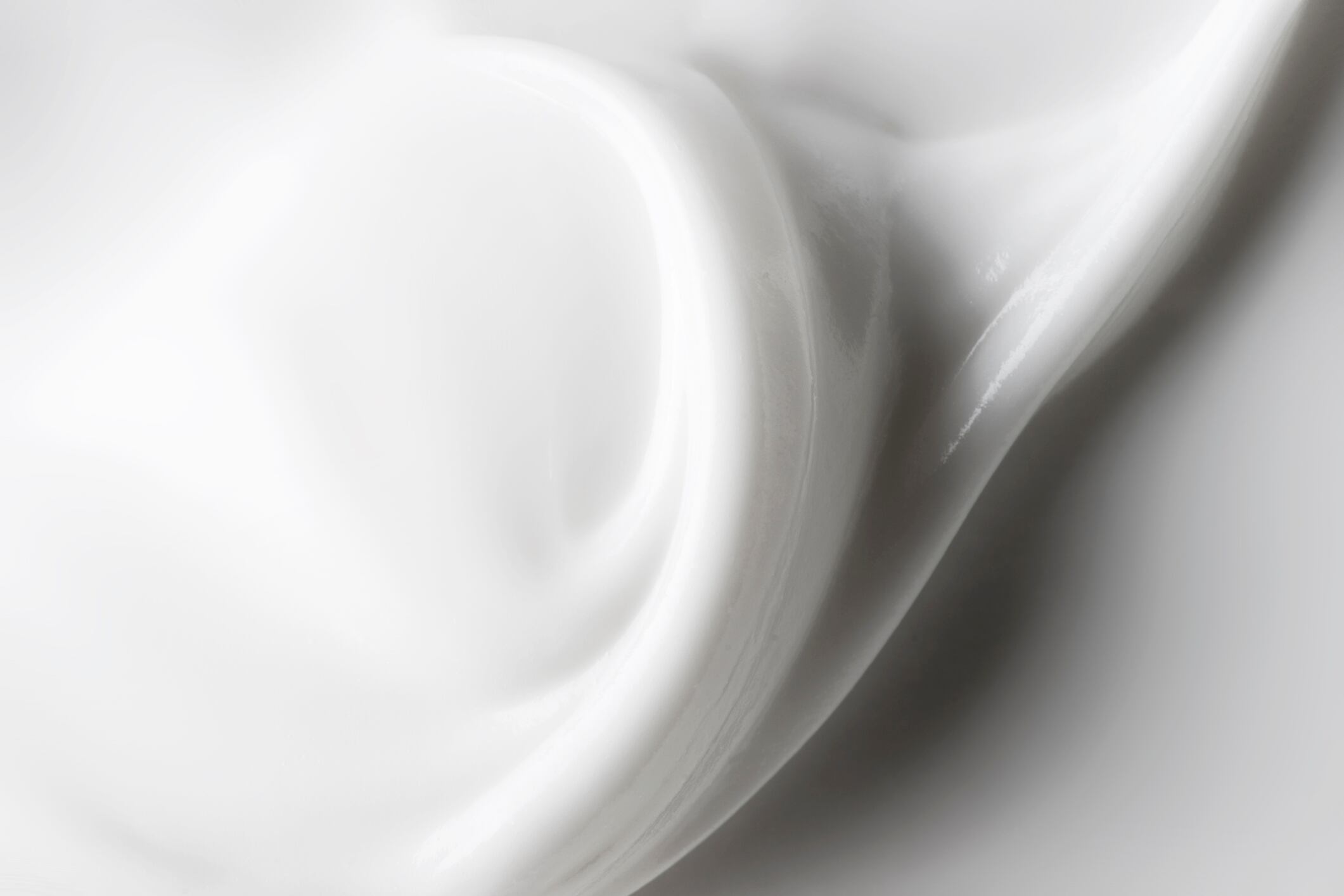New data published in Materials indicated that seven biowaxes had high melting points and low penetration values as well as no cytotoxic or irritant activity.
“Natural waxes derived from plants or animals such as beeswax, carnauba, and candelilla are renewable, biodegradable, and non-toxic, and have excellent physicochemical properties,” wrote scientists from the Universidad Industrial de Santander. But the cost of other natural waxes, such as beeswax, is increasing due to bee population collapses and supply shortages.
The seven biowaxes in this study were created via hydrotreating refined and bleached African palm oil and refined palm kernel oil. Prior studies have shown oil from palm can be used as a substrate for obtaining biowaxes that have similar characteristics to beeswax and carnauba. The seven biowaxes in this study were chosen from 45 based on analyses by the authors. Several experiments were performed for this study and some used beeswax and carnauba wax as controls.
The methodology of the study involved hydrotreating the palm oil and palm kernel oil then analyses and experiments to determine pH, melting point, penetration value (or consistency), chemical composition, microbiological activity, toxicity, antioxidant activity and irritation.
Six of the biowaxes were yellow-white and solid, except for one that was liquid. PH ranged from 4.4 to 5.4. “Since the pH of the natural skin surface is acidic, on average 4.7, the pH obtained in BWs supernatants is potentially related to no or low risk of toxicological effects,“ the authors write.
The melting point was lower than beeswax or carnauba wax, which would mean chemical modification or refinement in order to achieve the higher melting point, if necessary, for application. The penetration values were similar to beeswax.
For the chemical experiments and analyses, the biowaxes showed similar vibrations to the control waxes, with a differentiation in the 200 to 800 nanometer range. The biowaxes showed low-intensity or no bands within this range, but the controls (beeswax and carnauba wax) showed absorption peaks.
There were no bacteria or fungi detected in the biowaxes and they were proven to not be cytotoxic to the cell lines studied. There was no antioxidant activity for both the biowaxes and the control waxes. There was also no irritation when tested on mice skin.
“The BW1–BW7 biowaxes obtained by hydrotreating palm and palm kernel vegetable oils showed excellent physicochemical properties, including an intermediate hardness, which, when using this type of biowax, can eventually result in products with sensory characteristics related to their extensibility,” the authors wrote.
“It is also noteworthy that since these biowaxes contain fatty alcohols, their characteristics are different from those of carnauba waxes and beeswax, which do not have this type of chemical family.”
Source: Materials
2023, 16(12), 4402; doi: 10.3390/ma16124402
“Biowaxes from Palm Oil as Promising Candidates for Cosmetic Matrices and Pharmaceuticals for Human Use”
Authors: L.M. Chaparro, et al.

